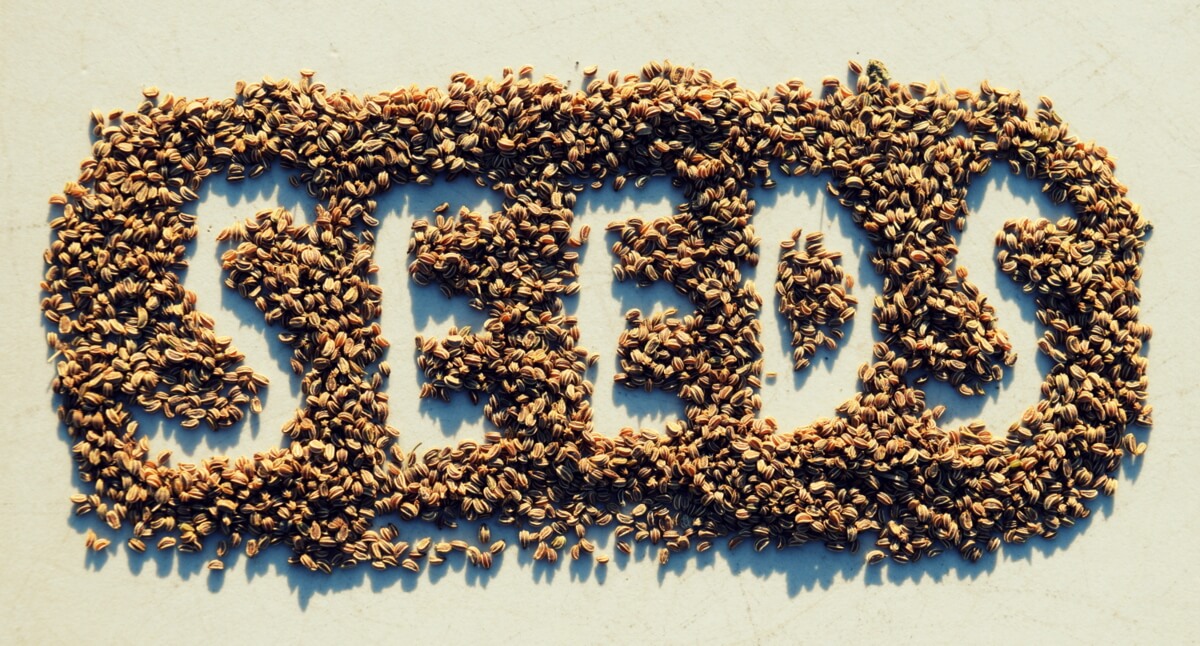
As we dip into the cold stillness of winter, the garden lays silent and still under its mulch blanket. The trees are bare, the birds quiet, and anything green and growing seems like a distant memory. But for the avid gardener, this is the season of dreaming and planning. Seed catalogs will be arriving in the mail soon — one of my favorite sitting-by-the-woodstove reading materials.
Many of us, whether we’re farmers, homesteaders, or container gardeners, will be putting in seed orders to wake up that sleeping soil once spring returns.
But not all of us. Some of us keep alive a certain tradition that existed for thousands of years before the first seed catalog printer ever put ink to paper. Some of us have our next spring garden already with us; waiting quietly in a freezer, a plastic set of baggies, or a carefully labeled jar. We’re the seed savers. Those who don’t need to depend on a store or seed company to give us what we need to grow our flowers, fruits, and vegetables.
The practice of saving your own seeds has gone through quite a series of highs and lows over the past few decades. It started as the inheritance of self-sufficient farmers, was lowered to a sniffed-at activity of “backwoods folks” or immigrants, and has since experienced a colorful renaissance in our modern times.
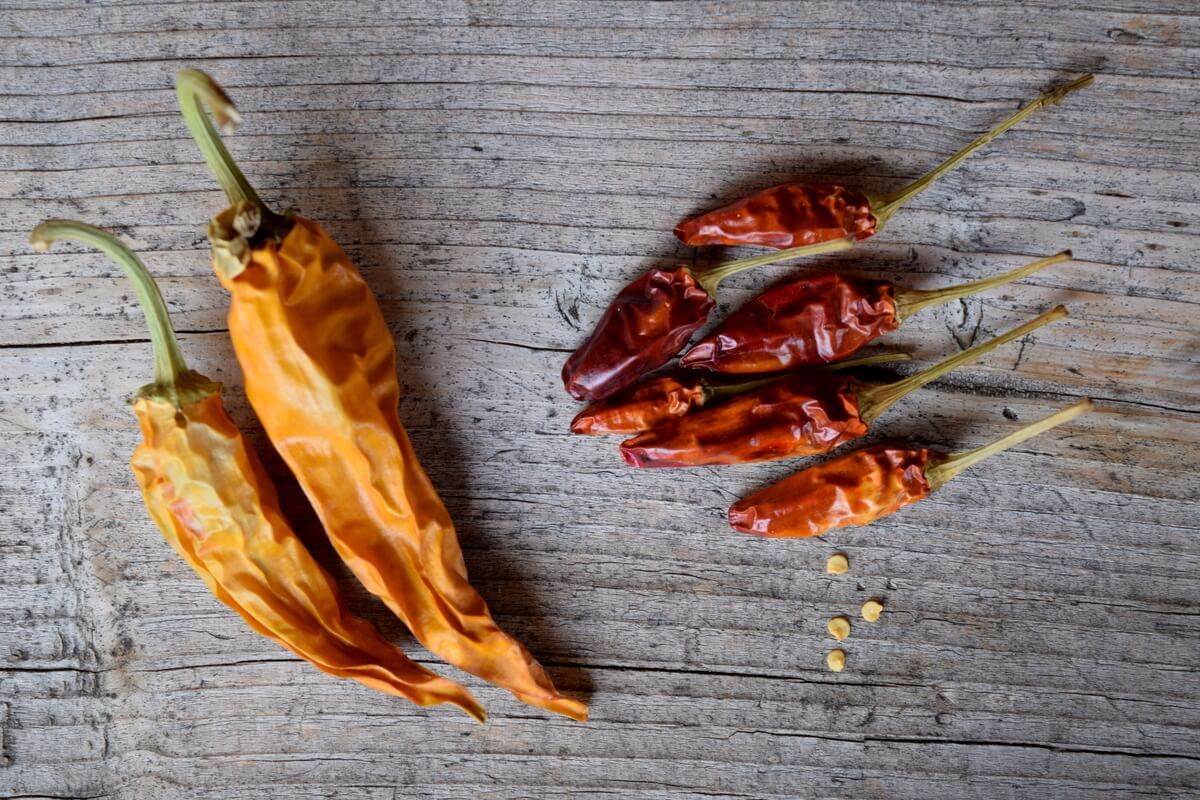
So maybe you’re reading this article wondering what the appeal is. After all, aren’t seeds available in the garden and grocery stores, and seed catalogs? If you’ll allow me to wax verbose about one of my favorite subjects, I’ll share with you six reasons why you should consider saving your own seeds.
Self-Reliance
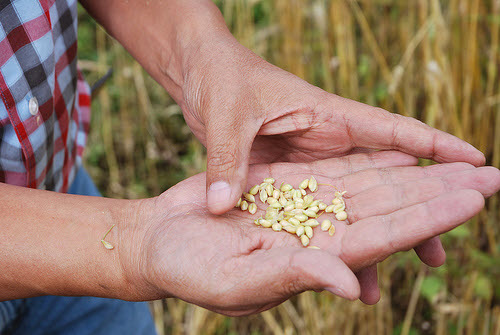
For me, self-reliance is one of the foremost reasons why I save as many garden herb and flower seeds as I can. Though a food plot is certainly a huge step toward self-reliance, your garden can only exist if you have seeds … and if you have to buy those seeds from a seed company every year, you’re hardly independent. I save seeds to ensure that I have what I need to keep my garden green, with or without the assistance of a third-party company.
Though it’s no fun to remember, it wasn’t long ago that those who put in annual seed orders had a sobering wake-up call. During the panic-filled years of 2020 and 2021, many seed companies were flooded with orders from frantic first-time gardeners, completely depleting their seed supplies (it’s not like you can “make” new seeds to suit the demand). Those of us who already had our personal seed banks at home had no such problems, and continued planting what we wanted with little pause.
I’m convinced that knowing how to grow and save seeds is one of the most important self-reliant skills a homesteader can learn.
Increasing Land-Adaptability
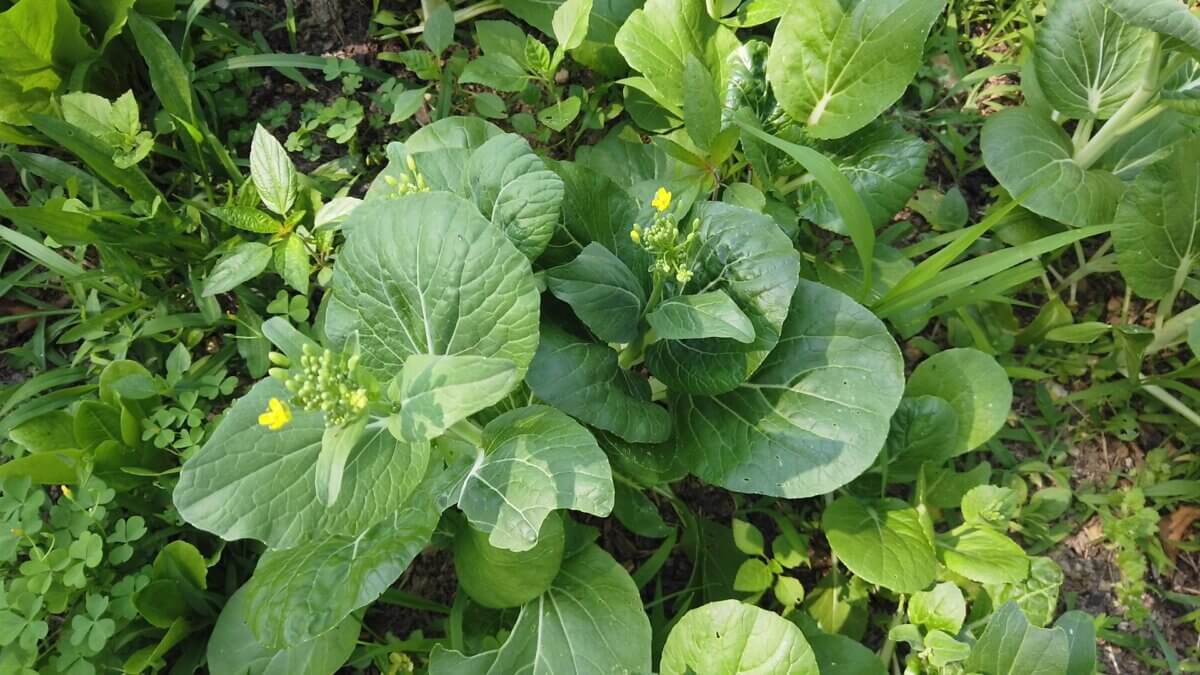
Those who save and grow their own seeds year after year inevitably notice that successive generations of plants are hardier, healthier, and more vigorous than the plants the year before. It’s because the plants that you’re growing are gradually adapting themselves to your land and climate. For example, if you live in a drought-prone area (like I do) you may notice that your plants handle the droughts better every year.
With that in mind, some intrepid growers have been able to adapt plants that aren’t typically suited to their climates. Consider the Blacktail Mountain watermelon — the earliest and most cold-hardy watermelon variety currently available. The young gardener who developed this cultivar really wanted to grow watermelons. He just happened to live in Idaho where watermelons aren’t keen on growing. But by selecting the strongest and most successful plants every season, he was eventually the keeper of some truly amazing, cold-tolerant watermelon seeds.
Innovation
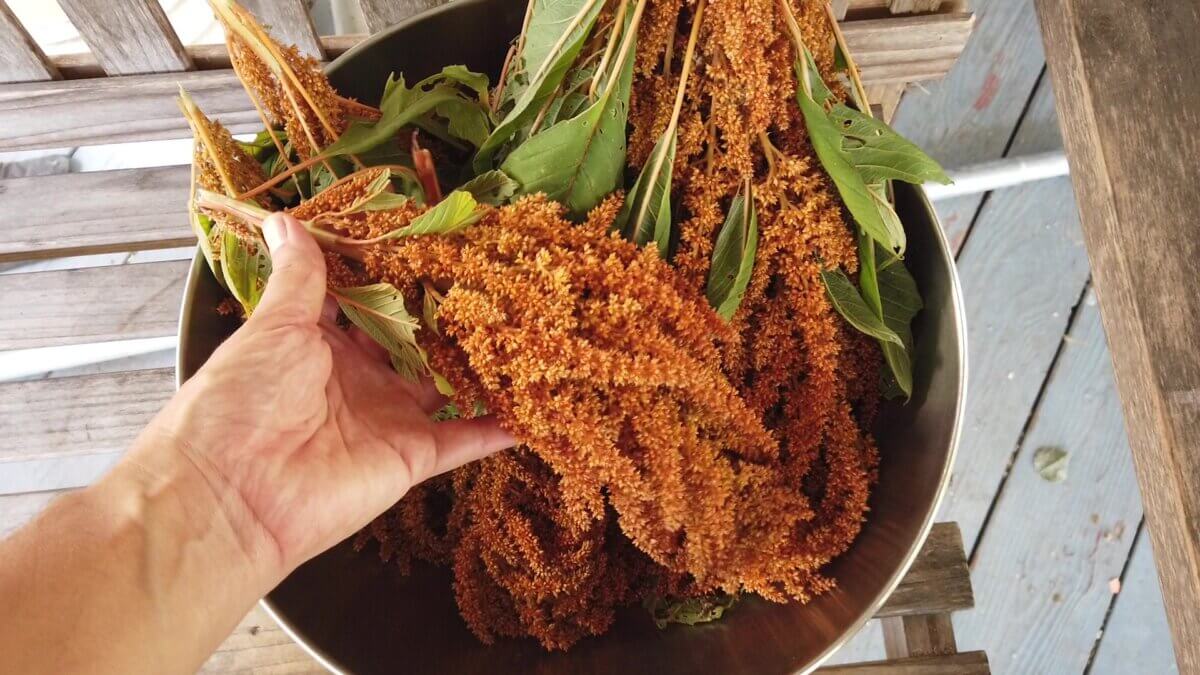
If you were paying attention while reading my earlier article on bizarre tomato varieties, you would have caught an interesting quote by tomato guru Brad Gates. He claimed that there was more tomato innovation in the past 10 years than there had been in all the time prior. The kaleidoscope of tomato varieties that we have today exists because someone made them so, and because people are making them so. The plants that you put in your garden may have names like California Wonder, Black Krim, and Blue Lake, but those varieties aren’t set in stone. They’re adaptable, mixable, and as elastic as an adventurous plant breeder wants them to be.
What I’m saying is that you are, by no means, constrained to plant the seeds you order in a catalog. If you want to try your hand at creating your own vegetable varieties, or (as I’m doing this summer), mixing as many different cultivars as you can to begin breeding your own landrace varieties of vegetables, saving seeds and guiding the selection of their future generations is the golden ticket on that amazing ride.
If this sort of idea gets you inspired, I highly recommend Breed Your Own Vegetable Varieties by Carol Deppe and Landrace Gardening by Joseph Lofthouse.
Preservation
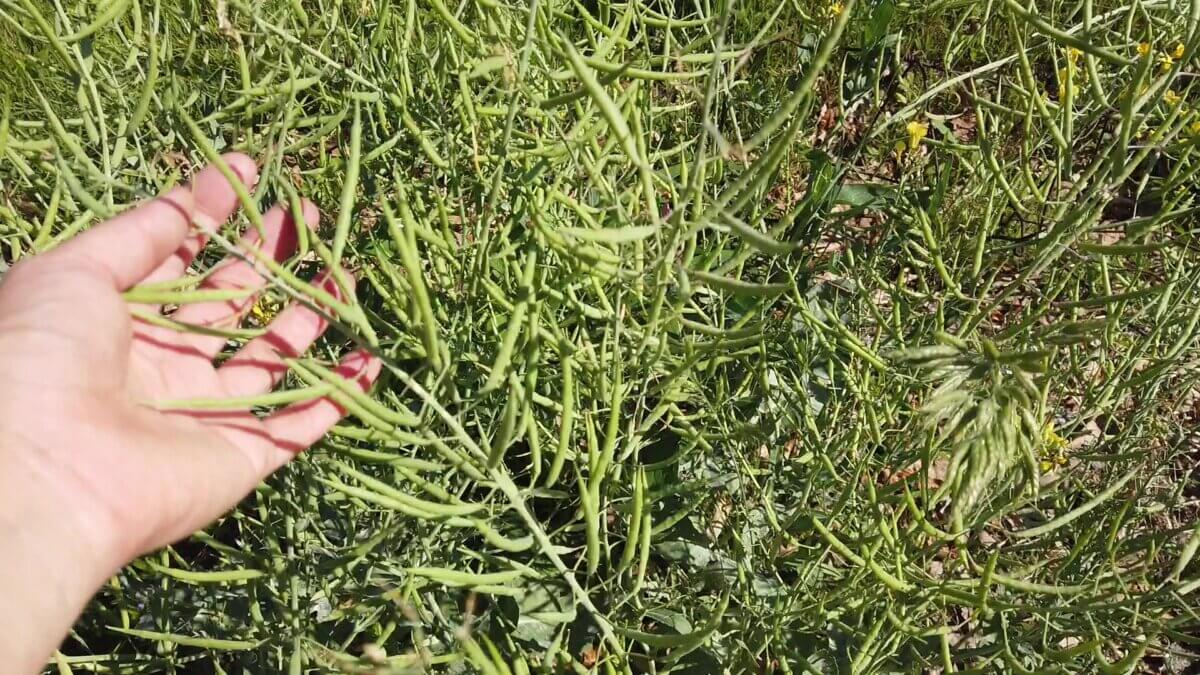
All heirloom seeds have some sort of story attached to them (as we’ve briefly explored in an earlier article). From melon seeds unearthed in an archaeological site to beans that traveled along the Trail of Tears, all unique plant varieties carry the history of generations who cared enough to plant it, save it, and plant it again. Many heirloom seeds are named after the people who kept them going from the Thelma Sander’s Sweet Potato Squash to Aunt Mary’s Corn to Feaster Family Heirloom Mustard Greens. Others are named for the places they originated like Inchelium Red Garlic (from the Colville Indian Reservation in Inchelium, WA), Melrose Peppers (discovered in Melrose Park, IL) or the North Georgia Candy Roaster Squash (from the Georgia Appalachians).
In the 80s and 90s, before heirloom seeds carried the esteem they now hold, many of those varieties were in real danger of disappearing forever — and some have. Many of the delicious and beautiful heirloom varieties that we now enjoy only exist because a handful of folks, somewhere, didn’t give in to the siren song of the catalog hybrids, and kept growing and saving family seeds. For them, the seeds aren’t just a plant … they’re part of a family heritage and legacy that connects today’s gardeners with their past.
If you too save seeds, you become part of the somehow-miraculously-unbroken chain of seed savers who have taken part in the preservation of varieties that matter to you. And if you acquire some rare seeds from a friend, family, or neighbor, you can be one of the few seed stewards who keep preservation going despite the odds.
The Joy of It
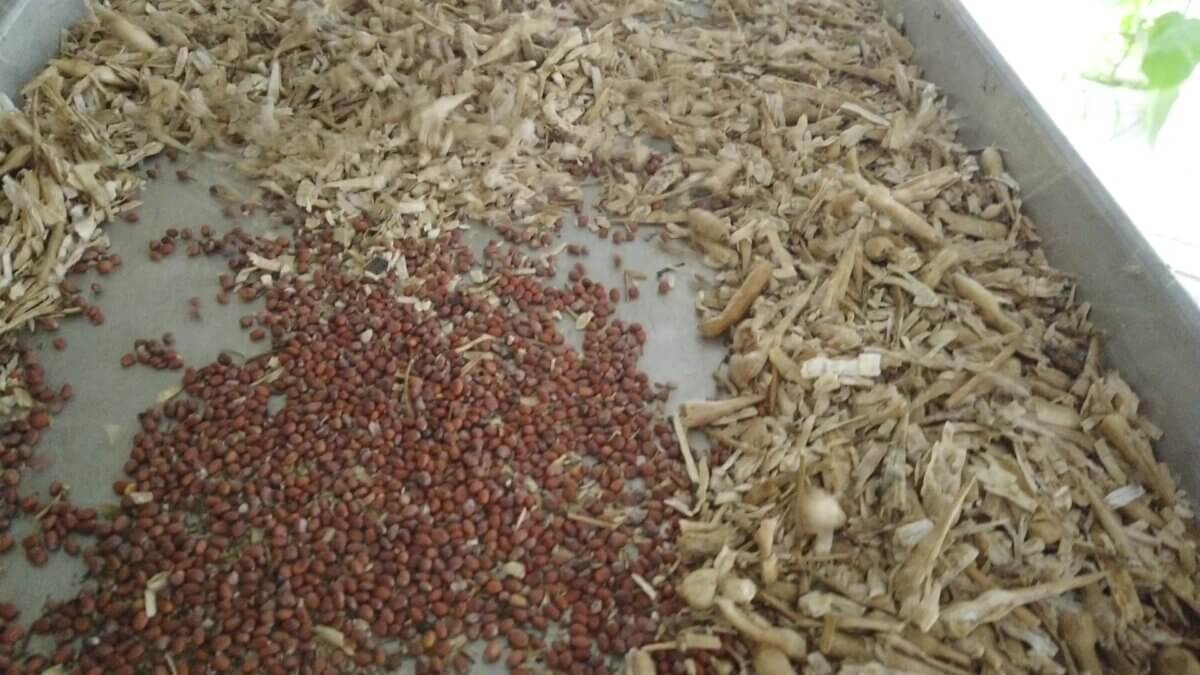
Okay, roll your eyes if you must, but I mean this one with all my heart. Saving seeds is fun, and you could do a whole lot worse as far as hobbies are concerned. Like many other seed savers, I find a quiet joy in cracking open dried pods and carefully drying the tiny, preserved sparks of life that tumble out, winnowing chaff from the minute, perfect little shapes of all colors, and filling jars, baggies, and bags with future harvest potentials.
Every seed gathered, dried, and carefully preserved until the next year brings a tiny bit of happiness to my gardening endeavors. With the world in the state it’s in, anything that brings happiness to your life is very likely something worth doing.
Community

There’s something that happens to a seed saver, once they really get going. They get overwhelmed with seeds. You see, plants are generous. One tiny, flake-like parsnip seed becomes hundreds, and when you multiply that by 10 plants — well, you end up with more parsnip seeds than you can possibly use by the next growing season. When you start saving seeds from your garden plants and flowers, you may end up, like me, with a bulging, overflowing crate of seeds that you can’t possibly use up in the spring.
What do you do with the inevitable extras? Feed them to the chickens? Throw them out? After all the learning and work that goes into saving seeds, junking them in the end seems like a sad waste.

As you may soon find, seed savers become some of the most seed-generous people you’d ever hope to meet. Once you start sharing seeds with others, you’ll wonder why you didn’t get started with it sooner. Hand-to-hand is the way that all seeds used to be spread from farm-to-farm, after all. Seed catalogs are a relatively recent innovation. See if your neighbors, friends, or families would enjoy a gift of garden or flower seeds.
But beyond that, there are many ways to invest your seeds in your community. You might try to connect with other seed savers on the Seed Savers Exchange. There, many seed savers are willing to swap their excess seeds for yours, meaning everyone ends up happy in the end. You might try to find a local area to donate your seeds: Food banks, community gardens, and schools are often willing to accept clearly labeled garden seeds. You might also try to see if a seed library is established in your area and contribute to the green growing goodness. And if there’s no seed library, you might consider starting one up! Finally, you can participate in (or start up) a local seed-swap, where seeds are traded along with tips, stories, and friendships.
Have I convinced you? If you have never tried to save your own seeds, I exhort you to give it a try this coming spring. I’ll be writing how-to guides on some of our favorite garden greats through the winter to get you ready to give it a go. But be warned! Once you get started saving seeds, it’s very hard to stop.
I don’t see that as a bad thing.









































Leave a Reply